One of the biggest issues that all types of pavement have to deal with is water. Rain and stormwater, in particular, pose a big threat to many different types of pavement.
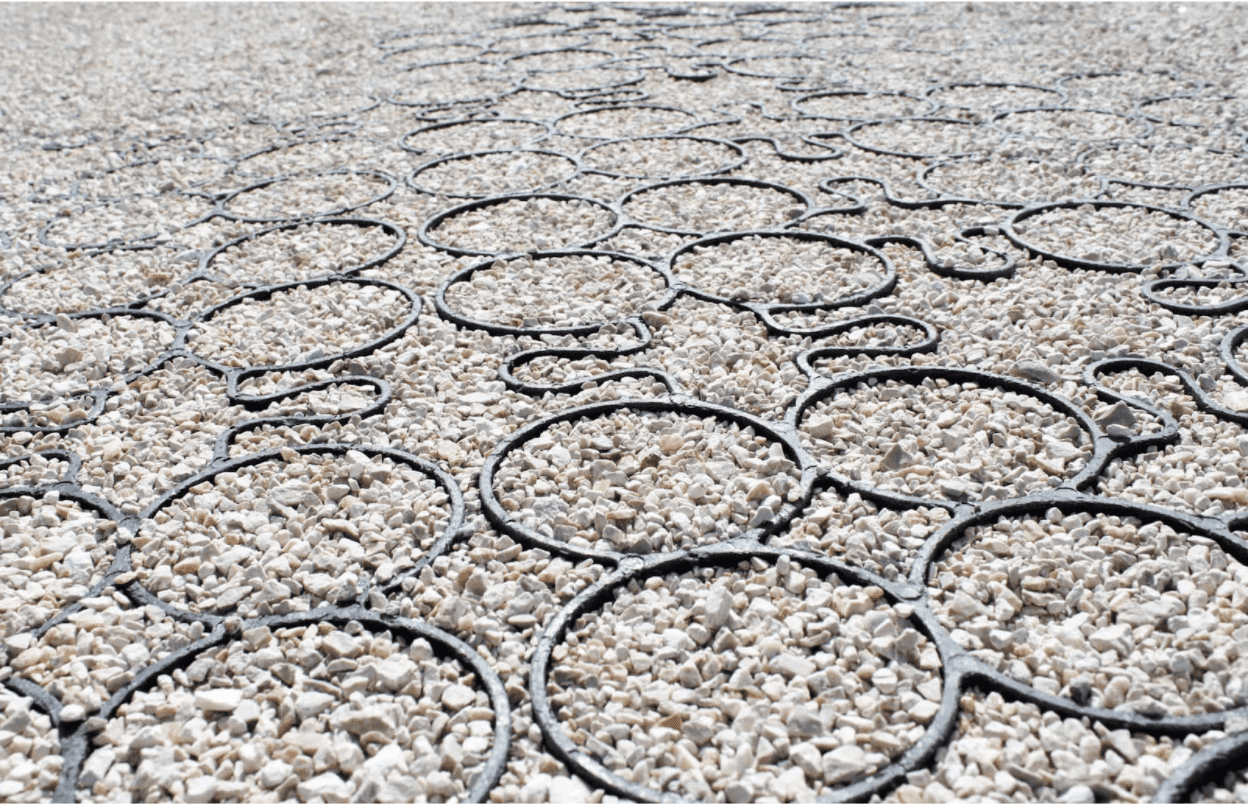
In urban areas where there’s already a massive burden on the local sewer systems, dealing with stormwater can be especially important. Unfortunately, most pavement is made from either concrete or asphalt. Both of these materials are impermeable and require complex solutions in order for them to successfully handle stormwater.
In case you’re wondering how to best handle stormwater, let’s take a look at why asphalt and concrete are not ideal for dealing with water, and what the best water absorbing pavement solution is.
Concrete and Asphalt are Highly Ineffective at Stormwater Management
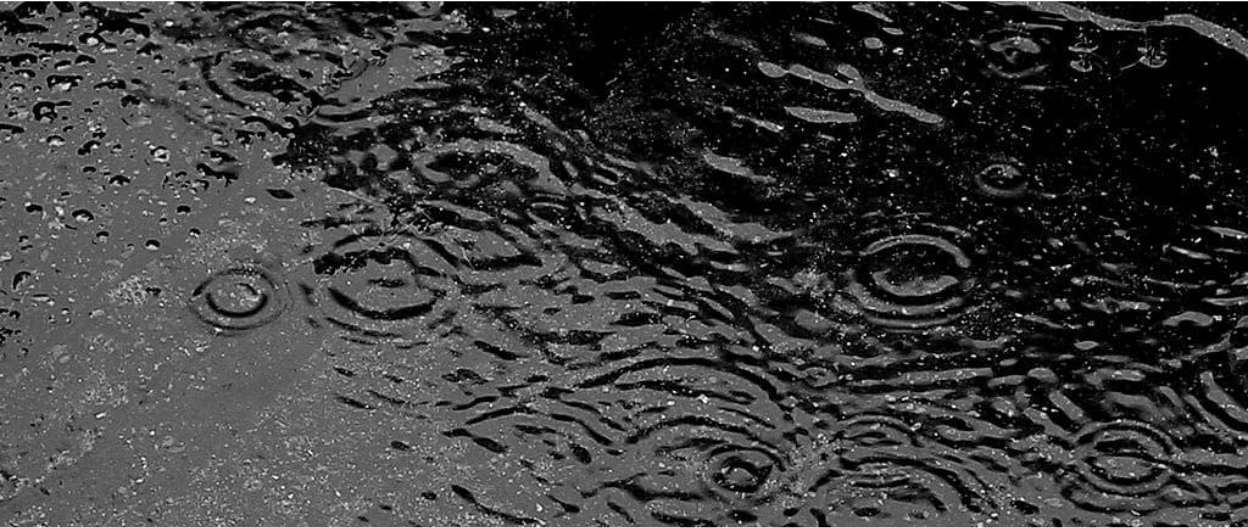
Concrete and asphalt are both impermeable materials, so they require a variety of strategies for effectively dealing with stormwater. Often, you’ll see parking lots and other paved areas sloped towards a drainage grate or sloped towards a road where water can flow into the sewer system. However, sloping concrete and asphalt is not always an effective enough solution.
In many cases, additional drainage systems are required, especially for parking lots made from asphalt or concrete. Complex networks of underground pipes and trenches must be installed during construction so that most of the stormwater can be rerouted into the local sewer.
Drainage basins and on-site stormwater storage basins are also used to retain and store stormwater until it can be safely dispersed into the local sewer system without overburdening it. All of these complex measures like pipes, drainage grates, storage basins, and sloping cost additional time and money to implement.
There’s also the fact that concrete and asphalt need to be consistently resealed to prevent water from infiltrating their surface and causing more damage to the integrity of the pavement. This is not an inexpensive process and it usually needs to be redone every 5 years or so.
There are previous versions of concrete and asphalt, but they are not widely used because they’re more expensive, can become easily clogged, and they don’t have enough of an impact on stormwater management efforts to justify their use in most cases.
A Better Pavement Solution for Absorbing Water
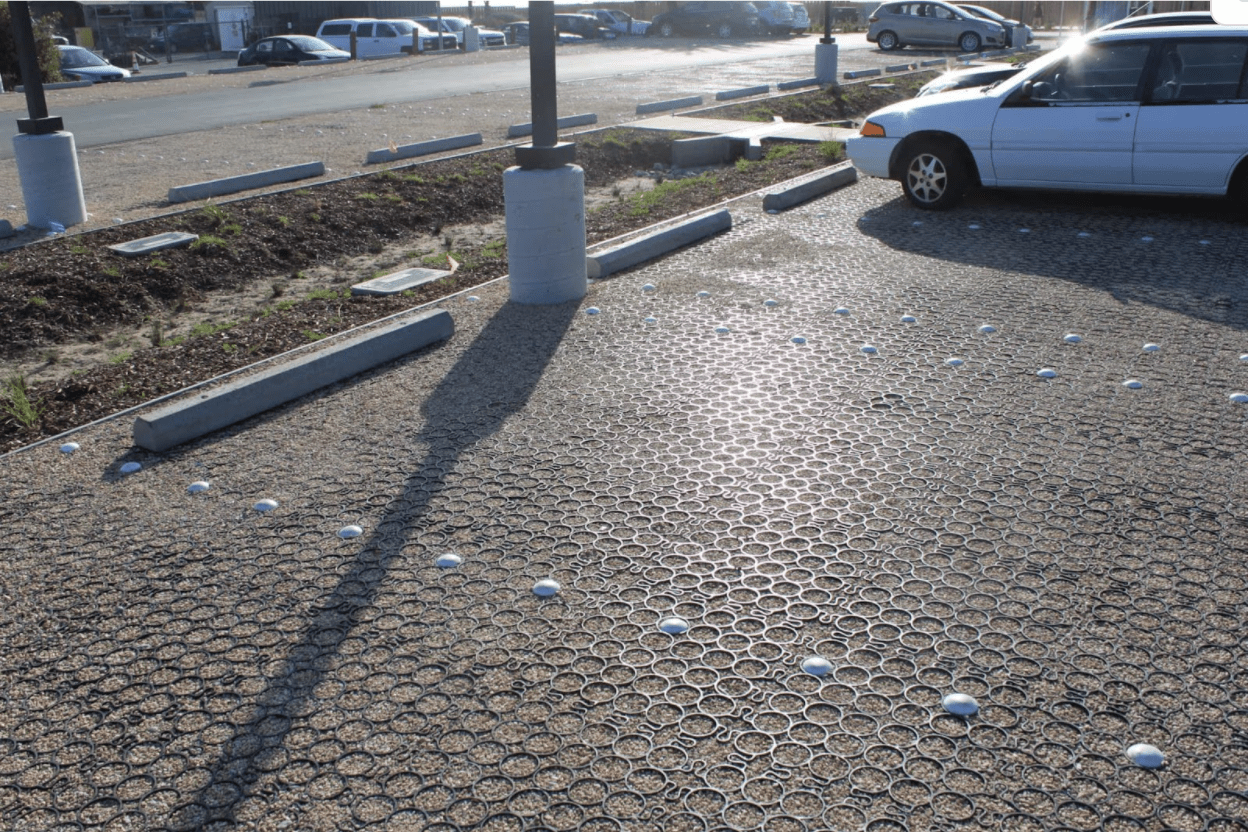
If you want water absorbing pavement that’s highly efficient at managing stormwater, you need something that’s almost 100%-permeable, like plastic permeable pavement. TRUEGRID, for example, offers both TRUEGRID PRO LITE and TRUEGRID PRO PLUS permeable pavers that are perfectly suited for replacing asphalt and concrete in almost any area or situation.
TRUEGRID pavers work by using stabilized gravel over a gravel sub-base to drain stormwater directly through the pavement and into the soil below. The installation process is much faster than asphalt and concrete, and can usually be completed in a few days, even sooner in many cases.
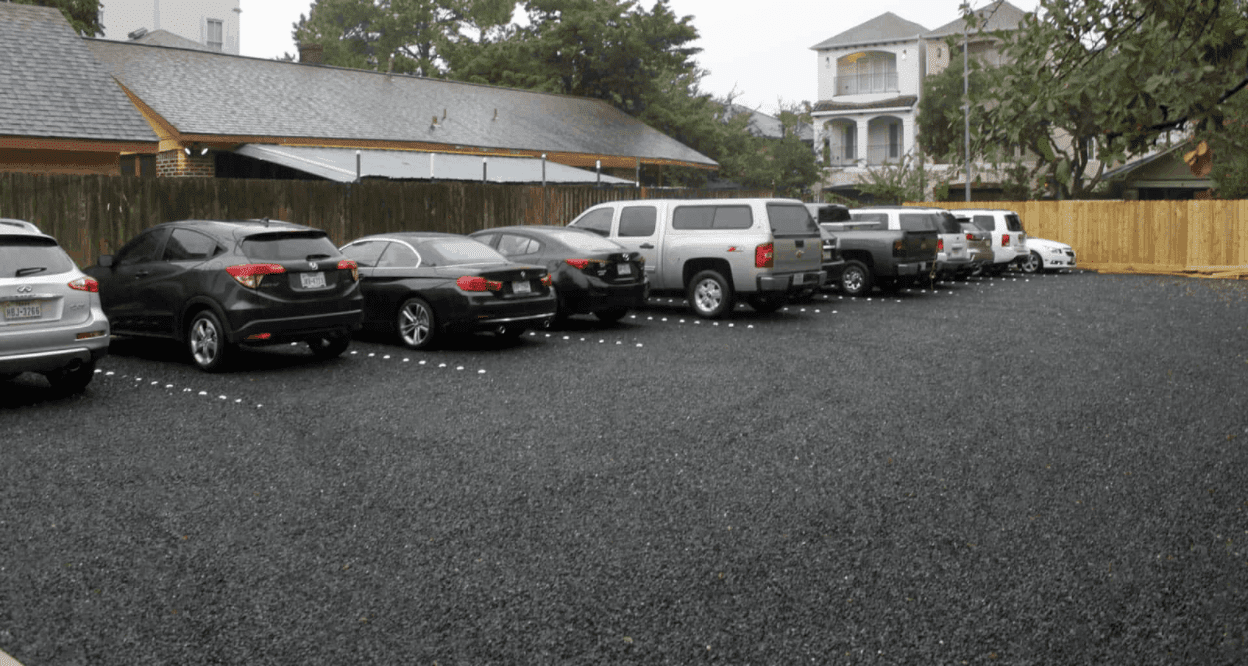
First, the paved area is excavated to a depth of 8 or more inches, at which point a piece of fabric is laid at the bottom of the area to prevent gravel migration. Then, gravel suitable for maximum drainage is poured into the excavated area, filling it. Once that gravel has been compacted and level, TRUEGRID permeable pavers are snapped into place over the surface.
Next, more gravel is poured into the empty cells of the pavers and driven over by a vehicle or heavy roller in order to compact it into the cells. This completes the installation process. The result is a professional-looking, clean-cut paved surface with a 98%-permeability rate. This eliminates the need for additional drainage while simultaneously removing the burden on local storm systems.
The best part about TRUEGRID pavers in regards to water management is the fact that they require almost zero maintenance through their 60-year lifespan. This severely reduces the overall cost of maintaining your pavement and you don’t have to sacrifice anything in the way of style or functionality to do it.
TRUEGRID is the Number One Paving Solution for Water Absorption
Although most paved areas are still made from concrete or asphalt, this is likely soon to change with a bigger emphasis on eco-friendliness nowadays, TRUEGRID permeable plastic pavers are the perfect water absorbing pavement solution. Not only are they made from 100%-recycled plastic, they also lessen the burden on local sewer systems, which is especially critical in urban areas.
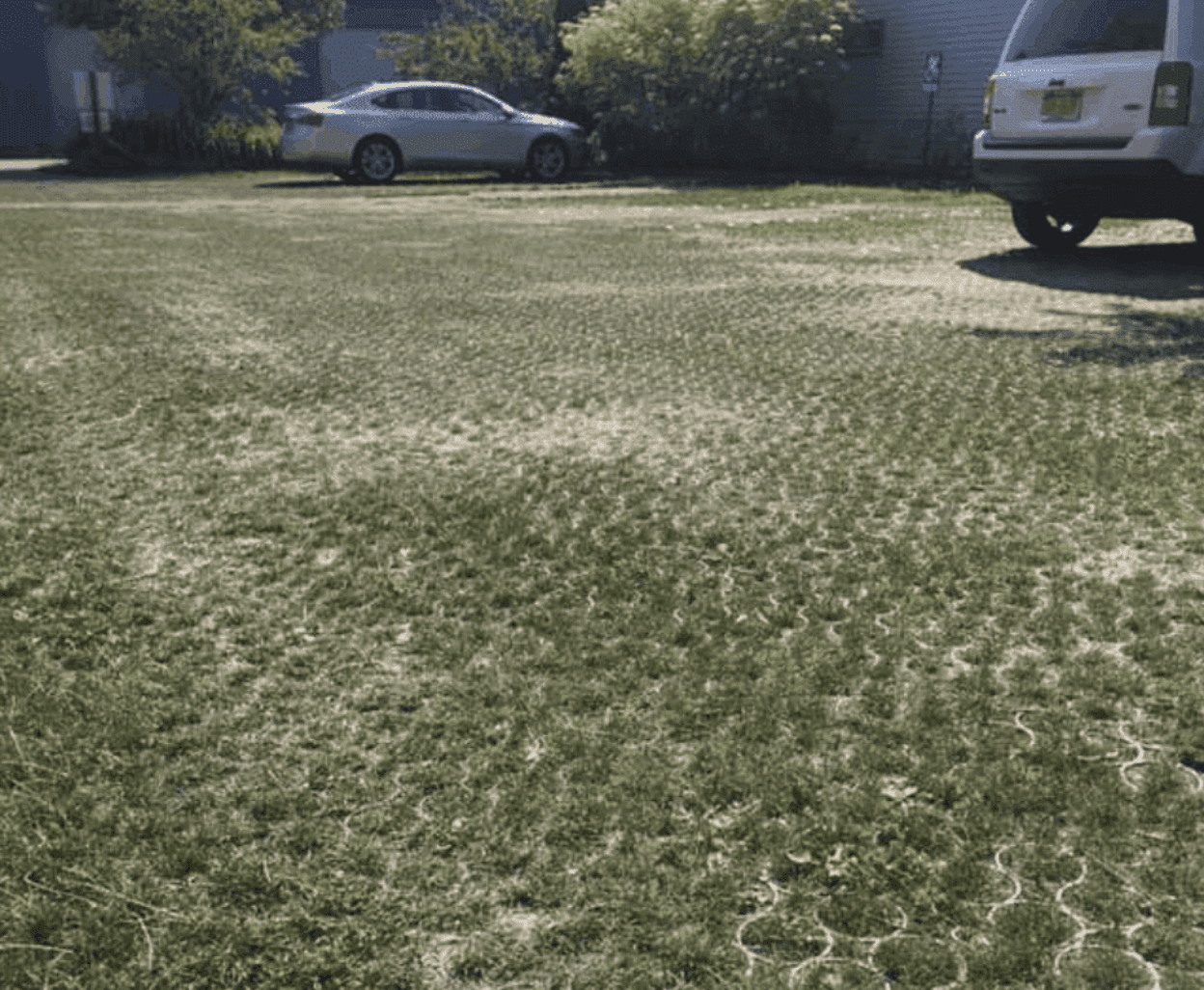
They’re also durable enough to withstand extreme temperature fluctuations and will last up to 60 years. If you want to eliminate the need for costly maintenance and additional water management strategies, you need the world’s best permeable pavement.
If you’re looking to implement permeable, eco-friendly, durable, highly versatile water absorbing pavement, don’t hesitate to call TRUEGRID today and get in touch with a pavement professional who can give you a free quote.



